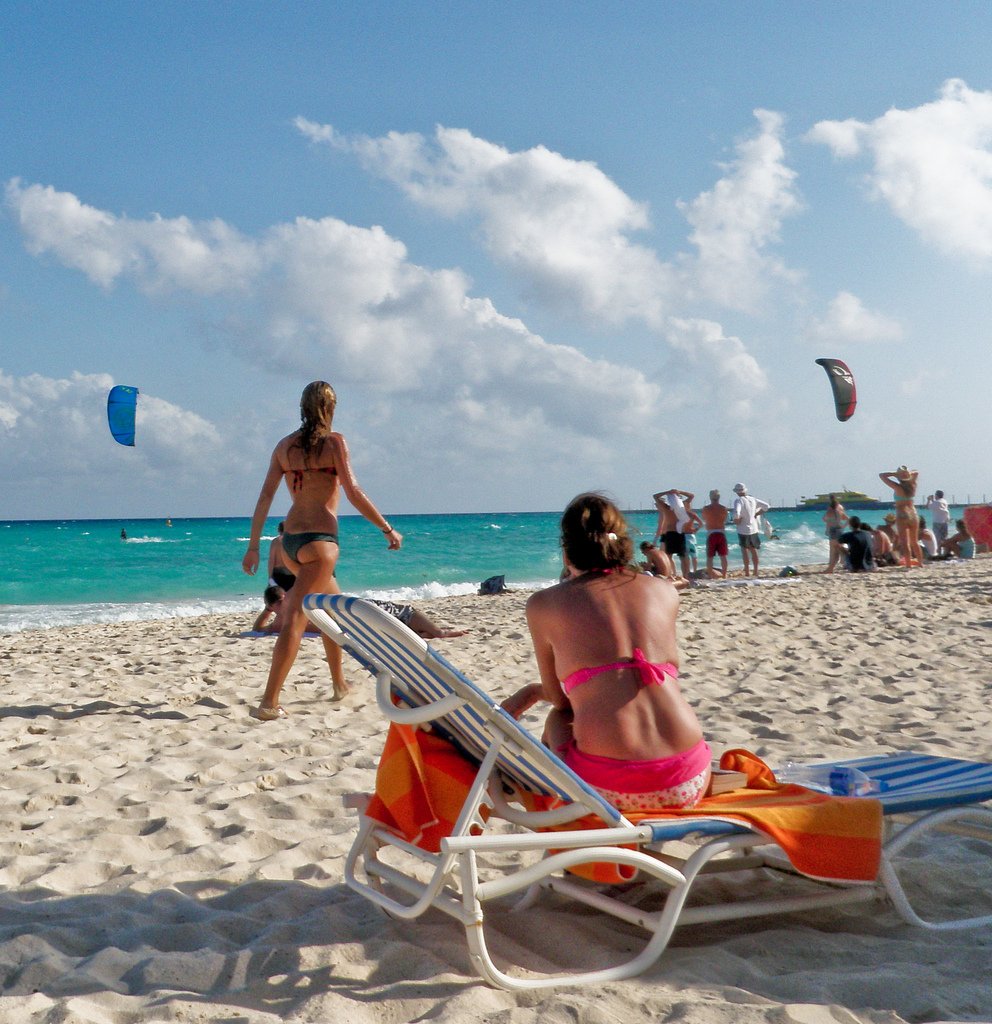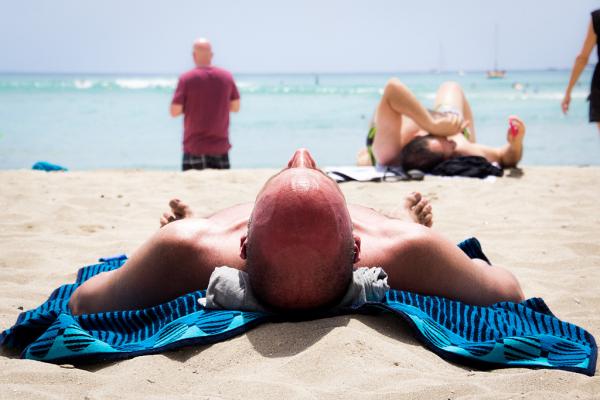For fair-skinned folks, the results of a new study can be taken as some worthy advice: applying sunscreen alone doesn't provide enough protection from sunburn.
Instead, multiple protection methods are needed for those with pale skin to keep the threat of skin cancer at bay.
That's the summer takeaway message from researchers at the National Cancer Institute in Bethesda, Maryland, after analyzing over 28,500 responses from the 2015 National Health Interview Survey. Of those, among the replies from roughly 16,000 who considered themselves fair or sun-sensitive, 62 percent who say they applied sunscreen – and took no other protective measures – had the highest incidence of sunburn.
“The most surprising and counterintuitive finding," according to Kasey Morris, who led the study and was quoted by Reuters, "was that regular sunscreen use, in the absence of other protective behaviors, was associated with the highest likelihood of sunburn.”
The respondents, 54 percent of whom were women, were asked about the type of measures they employed to protect themselves from sun exposure; among the choices other than wearing sunscreen were wearing a hat or visor, wearing long sleeves or pants, and finding shade.
 "Although participants who did not use sunscreen, seek shade, or wear protective clothing had a higher probability of sunburn (54.8%)," the authors wrote in their paper, "the group with highest likelihood of sunburn consisted of those who used only sunscreen (62.4%). The group with the lowest probability of sunburn did not report using sunscreen but reported engaging in the other 3 protective behaviors (24.3%)."
"Although participants who did not use sunscreen, seek shade, or wear protective clothing had a higher probability of sunburn (54.8%)," the authors wrote in their paper, "the group with highest likelihood of sunburn consisted of those who used only sunscreen (62.4%). The group with the lowest probability of sunburn did not report using sunscreen but reported engaging in the other 3 protective behaviors (24.3%)."
The study, entitled "Decision Tree Model vs Traditional Measures to Identify Patterns of Sun-Protective Behaviors and Sun Sensitivity Associated With Sunburn," was published online June 27 in the journal JAMA Dermatology.
The research reiterates that nearly 100,000 American adults are expected to be diagnosed this year with malignant melanoma, the most dangerous skin cancer, while "more than 5 million Americans are diagnosed with nonmelanoma skin cancers each year."
Roughly four months ago, a government agency issued updated guidelines for light-skinned children. The U.S. Preventive Services Task Force recommended that kids from the age of six months receive skin-cancer prevention guidance. That was a major change from its 2012 recommendations when the panel advised this training start at age 10.




